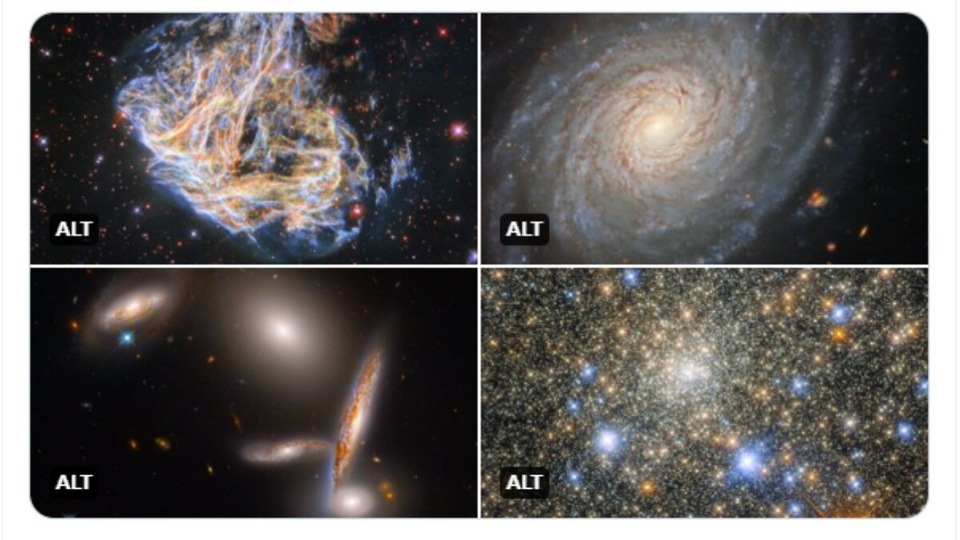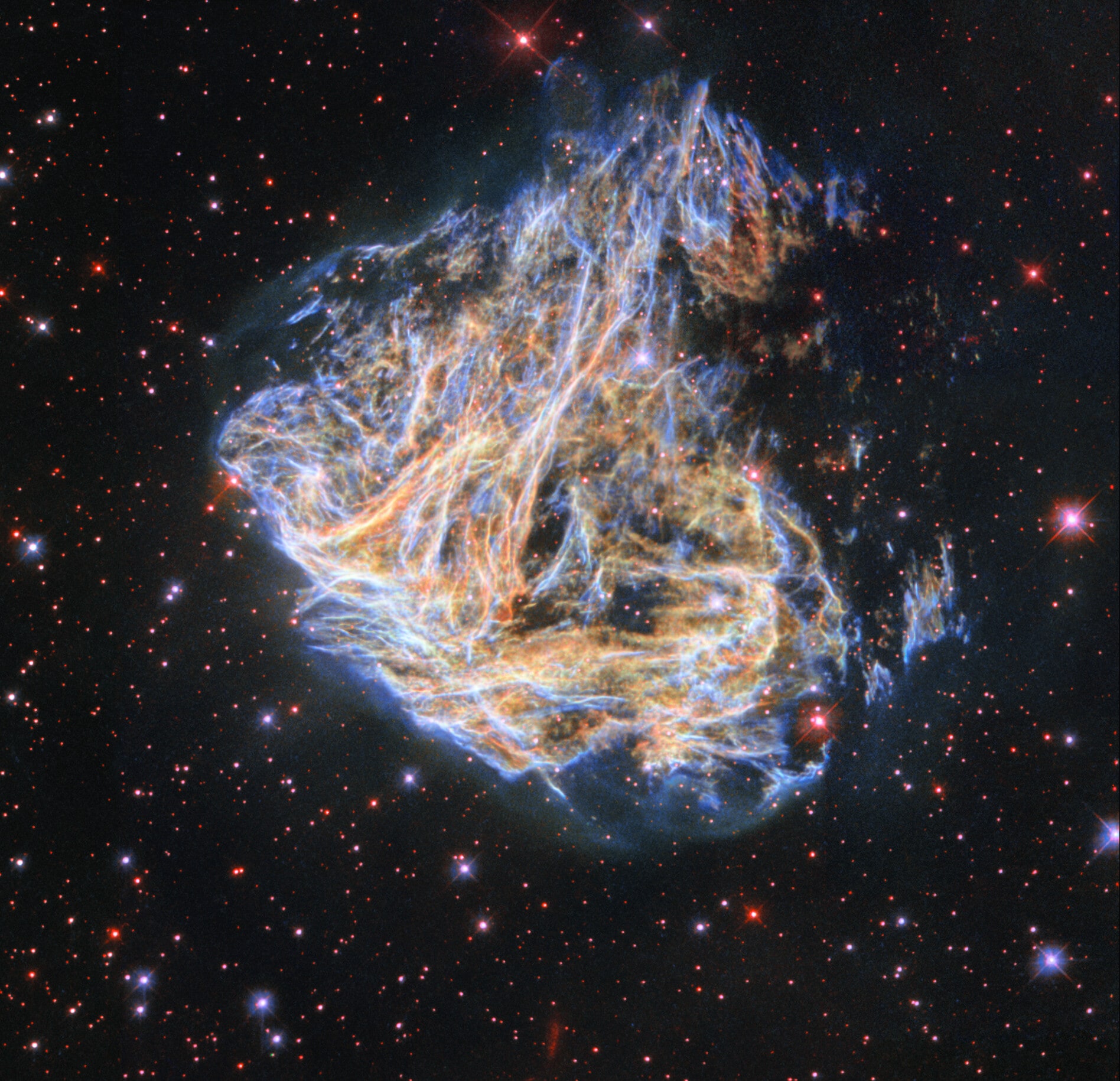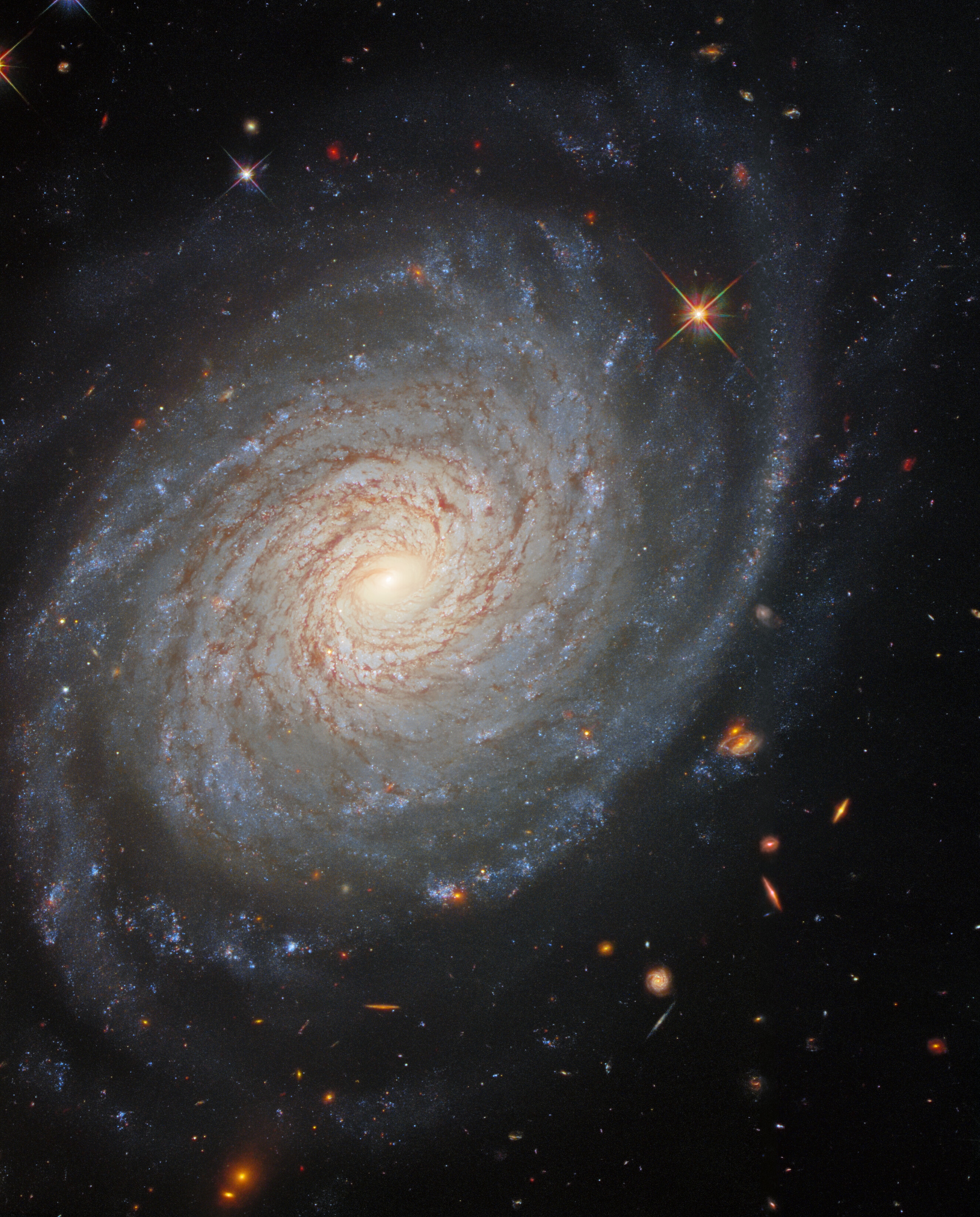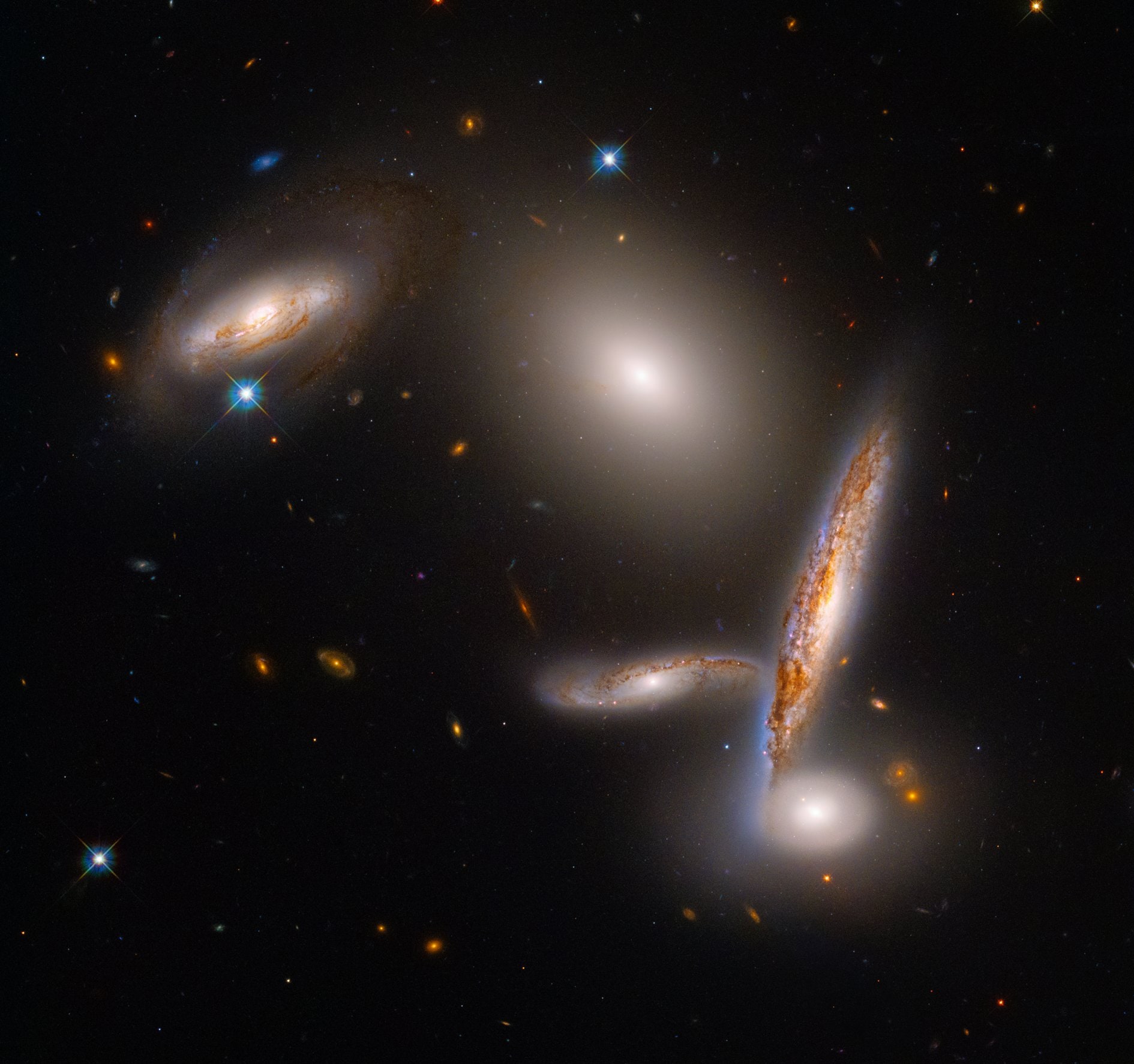Fiery 80-foot Asteroid, discovered in 2023, clocked at a zippy 26039 kmph by NASA
NASA has warned that a speeding asteroid could make its close approach towards Earth today. Here’s what you need to know about this hurtling space rock.






 View all Images
View all ImagesCountless asteroids keep zooming past the Earth at blistering speeds and close distances, posing potential risk towards the planet. Although these space rocks frequently buzz Earth, most of them burn up in the Earth's atmosphere itself. However, it is not impossible that one of these rocks could impact the planet. But how big of an asteroid would end all life? Well, NASA scientists estimate that an asteroid would have to be about 96 km wide to completely and utterly wipe out everything on the planet.
The smaller asteroids also are destructive as they possess the capability of causing potential damage, especially if they crash in a densely populated area. NASA has now warned that an asteroid is headed for Earth today.
Asteroid 2023 AT info
According to NASA, an asteroid named Asteroid 2023 AT will make its closest approach to Earth today, January 20. It will pass Earth at a close distance of 4.4 million kilometers. In fact, the asteroid is already hurtling towards the planet at a staggering speed of 26039 kilometers per hour, which is nearly twice the speed of a hypersonic ballistic missile! Though this asteroid is not capable of causing much damage due to its relatively small size. NASA estimates it to be 42 feet wide, which is the size of a bus.
According to the-sky.org, the Asteroid 2023 AT was discovered just a week ago on January 13. It belongs to the Apollo group of asteroids and takes 532 days to orbit the Sun during which its maximum distance from the Sun is 241 million kilometers and minimum distance is 143 million kilometers.
NASA NEOWISE telescope to study asteroids
NASA's space-based telescope called NEOWISE has identified hundreds of others while scanning the skies at near-infrared wavelengths of light from its polar orbit around Earth. But the NEOWISE wasn't always built for this purpose.
It was a data retrieval project to get back asteroid detections and characteristics from WISE, a NASA observatory launched back in 2009. NASA repurposed it to track various Near-Earth Objects (NEOs) such as asteroids, and it was named NEOWISE.
Catch all the Latest Tech News, Mobile News, Laptop News, Gaming news, Wearables News , How To News, also keep up with us on Whatsapp channel,Twitter, Facebook, Google News, and Instagram. For our latest videos, subscribe to our YouTube channel.




























